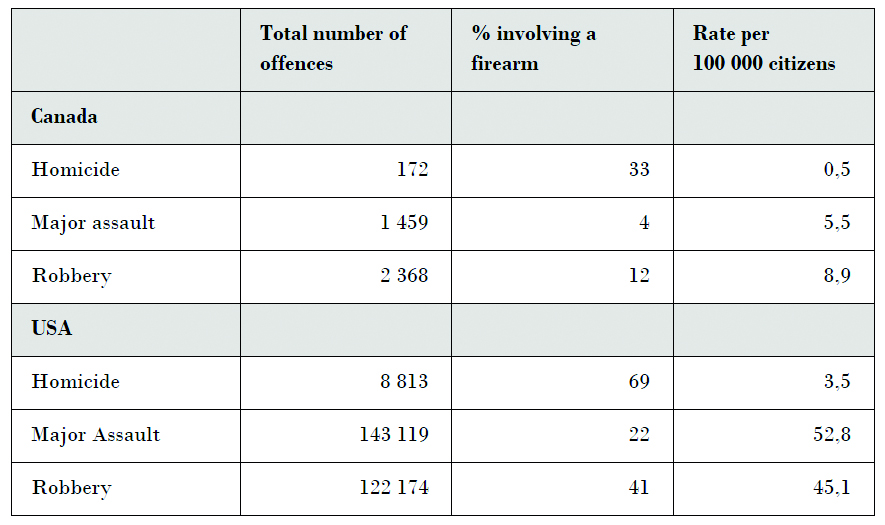By Theo Herold
From the fall of the Twin Towers until 2012 over 10 000 Americans died in the War on Terror. The war has been labelled a ‘disaster’ and a complete failure by many, and the death toll is often referred to when criticizing President Bush’s decision to invade the Middle East, and rightfully so. Yet on average 35 000 Americans lose their lives every year in firearm-related incidents. In the twelve year span in which the War on Terror officially took place 420 000 Americans died on American soil at the hands of their fellow Americans. The US has, without a shadow of a doubt, the highest rate of firearms-related deaths per capita of all the developed countries in the world: 96 people per day on average pay with their lives. As I am writing this article, two people have already passed away.
I could go on. But let us put the statistics under a microscope. To begin with, 3040 people have already lost their lives this year alone. That is more people in three weeks than the entirety of Canada’s gun deaths in 2017. In Figure 1, we see an overview of the five countries in the developed world with the highest rates of firearm-related deaths in 2015. The US leads the death toll with a rate of 3,61 deaths per 100 000 citizens. This amounts to 25 % more deaths than Canada, which has a rate of only 0,5 per 100 000 citizens. Portugal, Ireland and Italy all follow with diminishing numbers, drastically lower than the US. If we take a look at the estimated number of guns per capita, we can see that the US has more guns than it has registered citizens, making it the only country in the world in which this is true. Canada, in second place, is still far behind the US. In Canada, only a third of the population own firearms, or twelve million people. In contrast, in the US, 101 % of the population – or a fictive 326 million people – do. That amounts to three million more guns than people. Note that I am using the terms “firearms” and “guns” very loosely and synonymously: you can legally own hand grenades, assault rifles and fully fledged tanks in a lot of states.


Nevermind all the incidents that lead to death: In Figure 2 I have listed “major assault” and “robbery” on top of “homicide” to shed light on the role guns play in crimes committed in both the US and Canada. Major assault is defined as cases where physical harm has been inflicted. Robbery includes theft from both individuals and stores. Comparing the US with Canada is fitting as the countries have somewhat similar culture, language, religion and history. As we can see in Figure 2, firearms were used in 69 % of all US homicides, whereas the same number in Canada was only 33 %. The truly terrifying part, however, is the role firearms have played in the two other categories; “major assault” and “robbery”. The rate per 100 000 citizens of major assault committed with a firearm is 98,1 % higher in the US than in Canada, and rate of robbery with firearms is 51,6 % higher.
What do the statistics tell us? For one, they show us just how easy it is to obtain a gun in the US. Virtually anyone can purchase firearms. Although Canada comes in second place when it comes to the rate of death, the toll is nowhere near that of the US. Not only do firearms in the US play a huge role in major incidents, but the overall percentage of times firearms were included in said incidents is shockingly high.
The War on Terror might have been a catastrophe, but compared to the annual statistics of gun related violence, it seems almost trivial. It feels absurd to even write this. What then is the solution to this problem, to this firearms-related epidemic? The one thing that the US does not have, compared to all the other developed countries, when it comes to gun laws is simply a tighter background check. Some US states do not even require licenses to bear arms. “Guns do not kill people, people kill people” is the worst argument one could use in this debate. Is the average American just more willing to kill innocent people than say Canadians, Portuguese or Swedes? I doubt that. The difference is that these countries have stricter controls for obtaining firearms, which in turn has led to a significantly lower amount of homicides, assaults and robberies where guns have played a part. Denying the correlation is denying factual results. Furthermore, you can tighten up security checks and have higher demands on the applicants, and still be able to purchase a firearm. After all, all developed countries do legally sell weapons to their citizens after a proper and thorough background check. These background checks do not deprive you of your freedom or prohibit you from owning a gun, given that you are mentally stable. What they do is prevent acts of terror being committed, whilst lowering overall homicide, major assault and robbery rates across the board. The War on Terror left its mark, and was an abomination in what it set out to do. As it is now, there is a high chance that the next person you will bump into in the US will own a firearm, and most likely carry it. It could be anyone. And that is truly terrifying.
By Theo Herold











